INDIAN ARMED FORCES CHIEFS ON OUR RELENTLESS AND FOCUSED PUBLISHING EFFORTS

The insightful articles, inspiring narrations and analytical perspectives presented by the Editorial Team, establish an alluring connect with the reader. My compliments and best wishes to SP Guide Publications.

"Over the past 60 years, the growth of SP Guide Publications has mirrored the rising stature of Indian Navy. Its well-researched and informative magazines on Defence and Aerospace sector have served to shape an educated opinion of our military personnel, policy makers and the public alike. I wish SP's Publication team continued success, fair winds and following seas in all future endeavour!"

Since, its inception in 1964, SP Guide Publications has consistently demonstrated commitment to high-quality journalism in the aerospace and defence sectors, earning a well-deserved reputation as Asia's largest media house in this domain. I wish SP Guide Publications continued success in its pursuit of excellence.
Indigenous High Altitude Platform
Prototype of an indigenous HAP designed and developed by the National Aerospace Laboratories (NAL) is likely to be test flown as early as May 2023 to test and validate the onboard equipment
 |
The Author is Former Director General of Information Systems and A Special Forces Veteran, Indian Army |
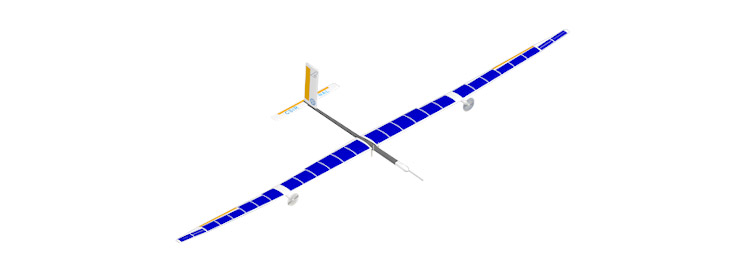
High-Altitude Platform (HAP) or High-Altitude Platform Systems (HAPS) are autonomous aerial vehicles that fly at very high altitudes in the stratosphere. Aerostatic balloons, aerostatic airships and aerodynamic fixed-wing aircraft are in the category of HAP, which can be used for surveillance, monitoring, radio relay, imaging, border security, maritime patrol, weather monitoring, disaster relief operations and the like. The International Telecommunication Union (ITU) defines HAPS as “a station or an object at an altitude of 20 to 50 km at a specified, nominal, fixed point relative to the Earth".
High-altitude, long-endurance (HALE) aircraft are general non-weaponised military drones capable of flying at 18 km for over 32 hours, like the USAF RQ-4 Global Hawk. HALE aircraft fly higher than the Medium-altitude long endurance (MALE) aircraft flying between 7,600m and 15,200m for 24 hours, like the USAF armed MQ-9 Reaper, making them more vulnerable to enemy air defence.
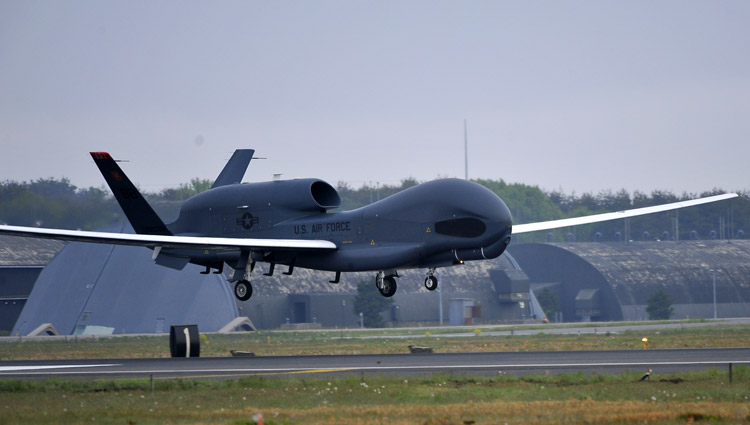
In July 2017, China successfully flew its ‘Caihong’ (CH), or ‘Rainbow’ near-space solar drone at an altitude of 20 km. Developed by China Aerospace Science and Technology Corporation, the CH drone flew in near space for over 15 hours under control, finishing its scheduled path before landing safely. With a wingspan of 45m and equipped with solar panels, the CH does not require refueling. With this successful flight, China became the third country to master near-space solar drone technology after the US and the UK. The CH drone is expected to function also as a quasi-satellite; supplanting some functions of communication in providing data relay services, in addition to providing an airborne mobile Wi-Fi hub.
Developing the full-fledged and fully operation HAP would take another two-three year and this would be stationed at an altitude of around 20 km
In 2022, China’s CH ‘Rainbow’ drone was observed flying over the Kailash Range and Pangong Tso in Eastern Ladakh, which was reported in these columns. The world record for HAP is claimed by Airbus for its HAP named ‘Zephyr’. In October 2021, Airbus announced that its Zephyr achieved 36 days of stratospheric flight at an altitude of 76,100 ft (23 km).
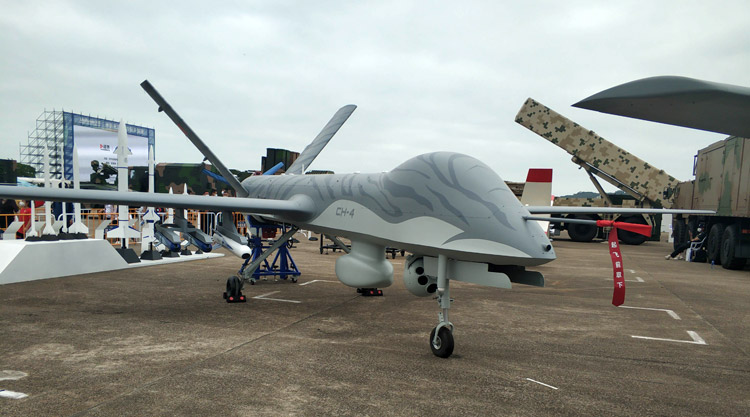
Now there is news that the prototype of an indigenous HAP designed and developed by the National Aerospace Laboratories (NAL) is likely to be test flown as early as May 2023 to test and validate the onboard equipment. NAL is the largest aerospace research firm first established at Delhi in 1959 by the Council of Scientific and Industrial Research (CSIR). Bengaluru-based NAL operates closely with the Hindustan Aeronautics Limited (HAL), Defence Research and Development Organisation (DRDO) and Indian Space Research Organisation (ISRO), and has the primary responsibility of developing civilian aircraft in India. NAL concentrates on research in advanced topics in aerospace and related disciplines.
China became the third country to master near-space solar drone technology after the US and the UK
According to Abhay Pashilkar, Director, NAL, the prototype HAL is roughly one-third the size of a regular HAP and would be stationed at an altitude of 3 km during the upcoming test. Developing the full-fledged and fully operation HAP would take another two-three years and this would be stationed at an altitude of around 20 km, while the prototype would continue to remain at 3 km altitude. Tasks envisaged for the indigenous HAP could include border surveillance and monitoring high-threat areas, smuggling, piracy, infiltration and illegal migration, radio relay, disaster relief, emergency communications, pollution monitoring etc.
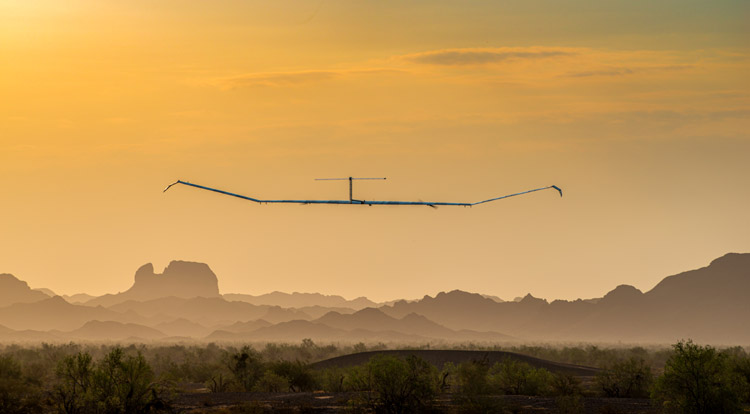
In addition to the HAP under development by NAL, the HAL has also signed a memorandum of understanding (MoU) with the startup ‘NewSpace Research and Technologies’ for developing HAP systems. HAL had stated in February 2022 that it had allocated 42 crore for developing a HAP prototype. Interestingly, a spokesman of NewSpace Research and Technologies told the media in October 2022 that the company had test-flown a “scaled version” of its HAP for five minutes, without solar panels. Larsen and Toubro (L&T) has also signed an MoU with a startup for developing advanced HAP. According to Jayant Patil of L&T, the company would produce “only advanced” HAPs.
HAL has signed a memorandum of understanding (MoU) with NewSpace Research for developing HAP systems
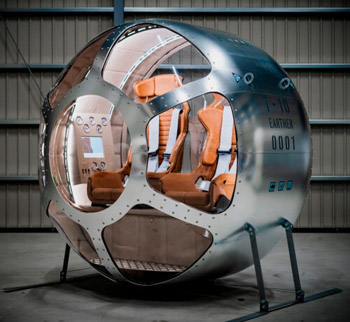
It is good to see India taking off in the sphere of HAP systems, which may look simple at face value but is quite complex. The stationing of such systems in near space is for prolonged periods. Solar panels may power the HAP but the onboard equipment is required to function as effectively by night and through periods when there is no sun. The HAP, therefore, must also be equipped with ultra-high-energy dense battery (s), comprising high-end lithium-ion batteries with silicon nano-wire electrodes. However, these batteries are not light and their weight must be kept in mind in working out the aerodynamic efficiency of the HAP system.
Japanese company ‘Iwaya Giken’, a space development startup, is offering tourism in the stratosphere in airtight balloons, with each balloon seating two people, above Japan’s airspace. Indian startups and space industry should follow suit with the recent call by Prime Minister Narendra Modi for out-of-the-box thinking and long-term vision to promote tourism in the country.
Finally, among all the tasks mentioned above for HAP systems, the requirement of 24x7 surveillance and monitoring of our borders must be kept in mind always, given the current and future threats to our national security.





